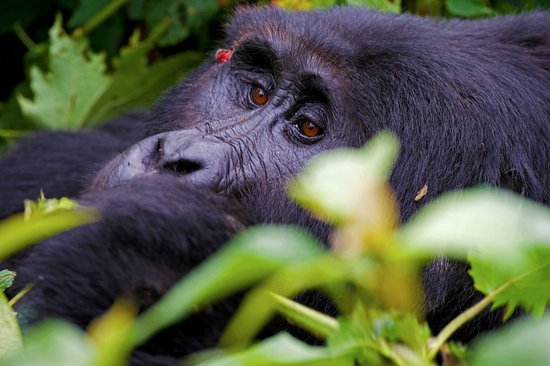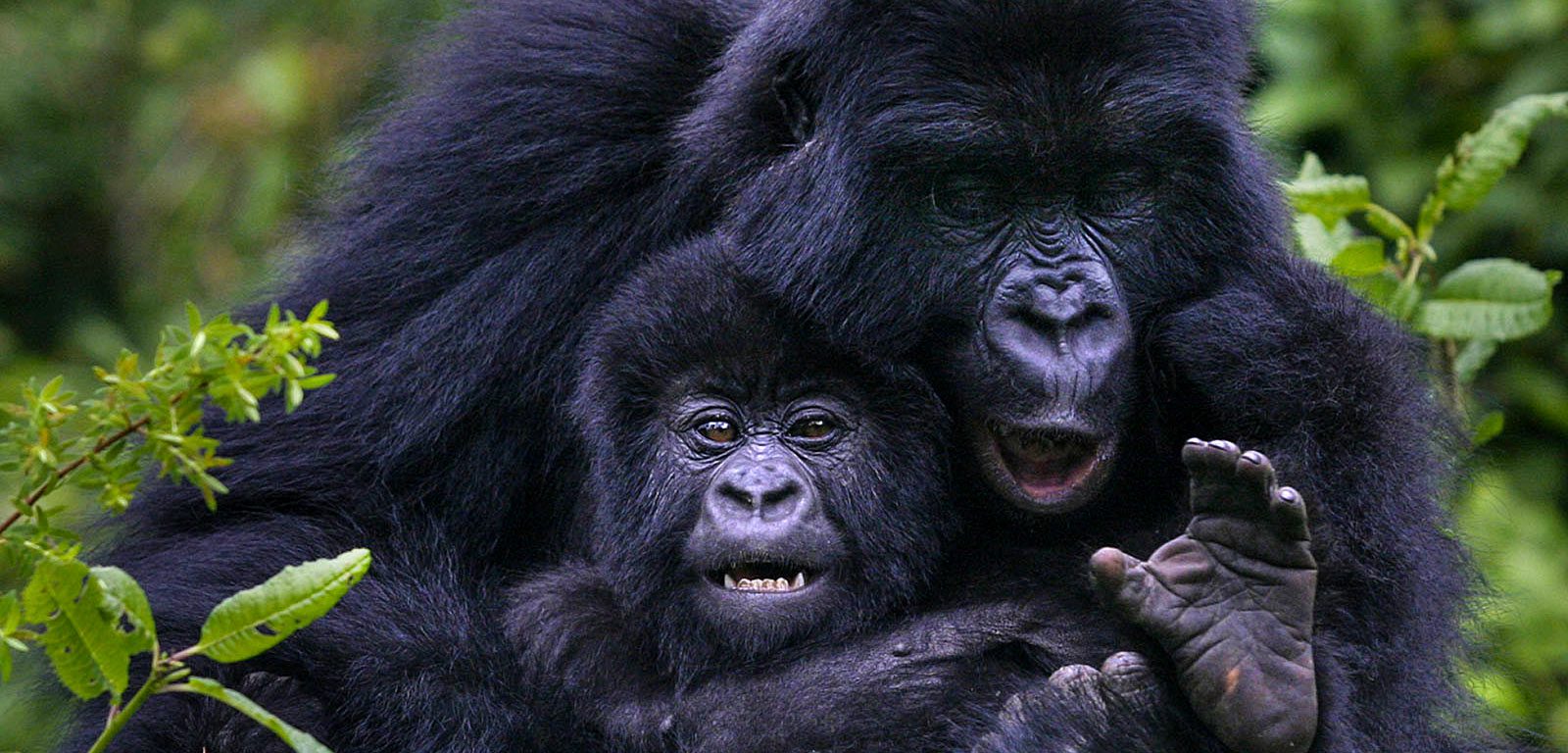
Why is Gorilla Trekking One Hour?
Why is Gorilla Trekking One Hour? Gorilla trekking is an uncertain and yet popular safari activity in which people walk into deep tropical rain forests in search of critically endangered mountain gorillas and spend an hour with them in their natural environment.
Gorilla trekking safaris are available in five African destinations: Mgahinga Gorilla National Park in Uganda and Bwindi Impenetrable Forest National Park. Rwanda’s Volcanoes National Park, as well as Virunga and Kahuzi Biega National Parks in the Democratic Republic of the Congo.
Amidst all the renowned sites in the world, Bwindi Impenetrable Forest National Park is home to half of the world’s mountain gorilla population. A gorilla trekking permit, which is a document or card issued to any tourist over the age of fifteen that allows him or her to hike the endangered mountain gorillas, is necessary for every visitor who desires to undertake gorilla trekking in any of the gorilla locations.
Reasons why gorilla trekking experience is one hour.
After the gorillas have been located, travelers spend an hour with them in their natural environment, photographing, collecting memories, and learning about their way of life, mannerisms, and habits. Gorilla trekking takes between two and seven hours, depending on where the gorillas reside. As a result, they allow guests to spend one hour with them for a number of reasons, including:
Although gorillas are sensitive to human infections, gorilla trekking safaris in Uganda, Rwanda, and the Democratic Republic of the Congo are limited to one hour each. This is done to limit disease transmission, as gorillas are more susceptible to human illnesses the longer they spend with them.
To avoid mountain gorillas from becoming stressed, tourist officials in Uganda, Rwanda, and the Democratic Republic of the Congo developed a regulation allowing visitors to spend one hour with the endangered gorillas. This is because mountain gorillas need to be protected, and when people spend a lot of time photographing them while they go about their regular duties, such as eating, the gorillas feel stressed.
Mountain gorilla families can include 10 to 35 individuals, with females, young gorillas, babies, and the dominant silverback making up the majority. Gorillas, as social creatures who live in groups, have daily routines that involve feeding, traveling from place to place in search of food, resting, socializing with one another, and making nests for the next night. Visitors should restrict their attendance to one hour so that the gorillas may go about their regular activities without being disturbed.
The gorilla habituation experience enables travelers like yourself who wish to spend more time with gorillas in their natural habitat to help mountain gorillas become acclimated to human presence. Gorilla habituation takes two to three years and is limited to the Rushaga section of Bwindi Impenetrable Forest National Park.
The habituation process for gorillas is handled by a team of researchers, park rangers, and guides, and only four tourists can participate. Throughout the habituation process, visitors are allowed to spend four hours with the mountain gorillas, monitoring, observing, and even helping to name them.
Popular Gorilla Trekking Destinations in the world.
Gorilla trekking safaris are conducted in a range of locations that provide incredible experiences, such as Bwindi Impenetrable National Park, Africa’s most popular gorilla destination, which is home to about half of all mountain gorilla species. The national park is located in southwest Uganda’s Kanungu region and is home to 23 habituated gorilla groups spread over the Rushaga, Nkuringo, Buhoma, and Ruhija sectors.
Mgahinga Gorilla National Park is another gorilla destination, in addition to the volcanoes national park in Musanze village in northwest Rwanda, which is home to over 15 habituated gorilla families, the Virunga national park in the Democratic Republic of the Congo, which is home to 8 habituated gorilla families, and Kahuzi Biega, which is home to 5 habituated eastern lowland gorilla families. It is situated in southwest Uganda’s Kisoro district.
How much is a gorilla trekking permit?

A single permit in Uganda’s Bwindi impenetrable and Mgahinga gorilla national parks costs UGX 300,000 for East African nationals and $700 for foreign non-residents and residents. However, a gorilla trekking permit in Uganda costs $800 for foreign non-residents. A permit in Rwanda costs $ 1500 for all countries, whereas one in Congo costs $400.
To prevent disappointment, reserve a gorilla trekking permit three to six months in advance. This is due to strong demand for permits, which regularly sell out, particularly during peak season.
As of 2024, a single gorilla permit in Rwanda costs US$1,500 for travelers from outside Africa. Citizens of Rwanda and nationals from any East African country pay just US$200, and $500 for citizens from any African country.
Best Time to go for gorilla trekking Safaris.
Although gorilla trekking is feasible all year, the best months to visit are December and February, and June and September, which are the dry season. In contrast to the wet/rainy season, when the routes are muddy and slippery, which makes gorilla trekking difficult, the dry season has less rainfall, making access roads to gorilla locations passable and gorilla trekking trails in the jungle passable.
What you should pack for your gorilla trekking safari?
Visitors planning to go on a gorilla trekking safari should pack the necessary items for gorilla trekking, such as hiking boots to keep their feet dry, long-sleeved clothing to keep them warm, a rain jacket to protect them from the rain in case it rains, a warm sweater, a backpack to carry their essentials, energy snacks, a walking stick, and a camera, among other things.
Spending an hour with gorillas in their natural environment is an amazing encounter that will leave you with lasting safari memories.


